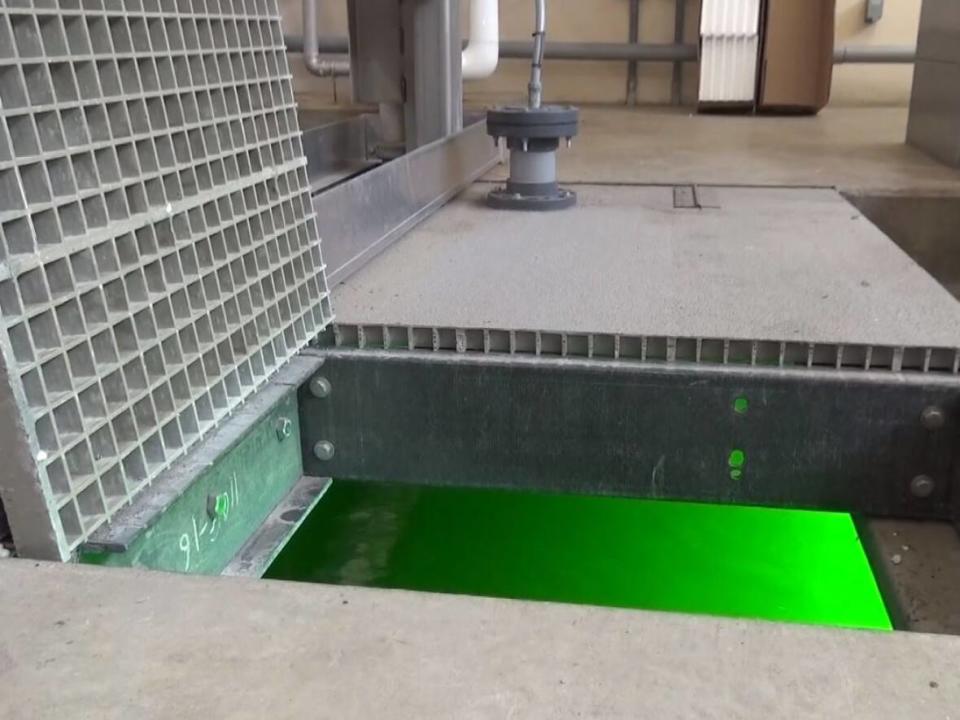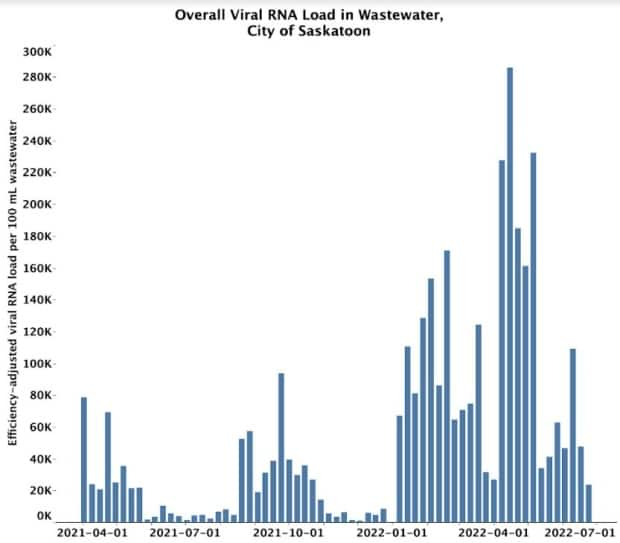Latest wastewater research results show COVID-19 drop in Saskatoon, Prince Albert

Researchers at the University of Saskatchewan say COVID-19 viral loads have decreased greatly over the past week in the cities they are monitoring.
A report released on Monday said samples taken from wastewater treatment plants in Saskatoon, Prince Albert and North Battleford were at their lowest levels since January.
Viral loads in Prince Albert and North Battleford were so low, they were almost undetectable.
While Omicron has proven difficult to predict, researchers believe COVID-19 numbers will continue to trend down over the summer.
"Every time we thought we'd turned a corner, we get another little blip," said toxicology Prof. John Giesy, a fellow of the Royal Society of Canada and the Society of Environmental Toxicology and Chemistry.
"By next week, I expect I will not be able to detect it in Prince Albert or the Battlefords. Here in Saskatoon, it looks like it will take maybe another two weeks."
Giesy said the detection limit for the university's COVID-19 tests is about five or six infected people, meaning very low numbers.
He said hospitalization numbers lag behind wastewater numbers by about two weeks, and he expects those numbers to drop as well.
Giesy said a combination of summer weather and a recent high infection rate across the province are both contributing to the lower numbers.
BA-5 concerns
Researchers are still keeping an eye on an emerging subvariant. They said they had developed and are now validating a new test for the Omicron BA.5 subvariant. The BA.5 subvariant is now making up 22 per cent of cases across the province and seems to be on the increase in Europe.
According to researchers at the U of S, BA.5 could more easily evade immunity from both vaccination or previous infections. As a result, more people are likely to be eventually reinfected if it spreads.
"The CDC in the States is predicting another wave in the fall driven by BA.5, because immunity is waning," Giesy said.
"The fall is the traditional flu season when schools start up and all of those things come together."

Researchers use wastewater samples to predict whether cases of COVID-19 are expected to rise or fall in the future.
According to the latest wastewater samples released by the University of Regina on June 20, levels in that city had decreased slightly but remained high.
The U of R is expected to release new numbers on Monday afternoon.

